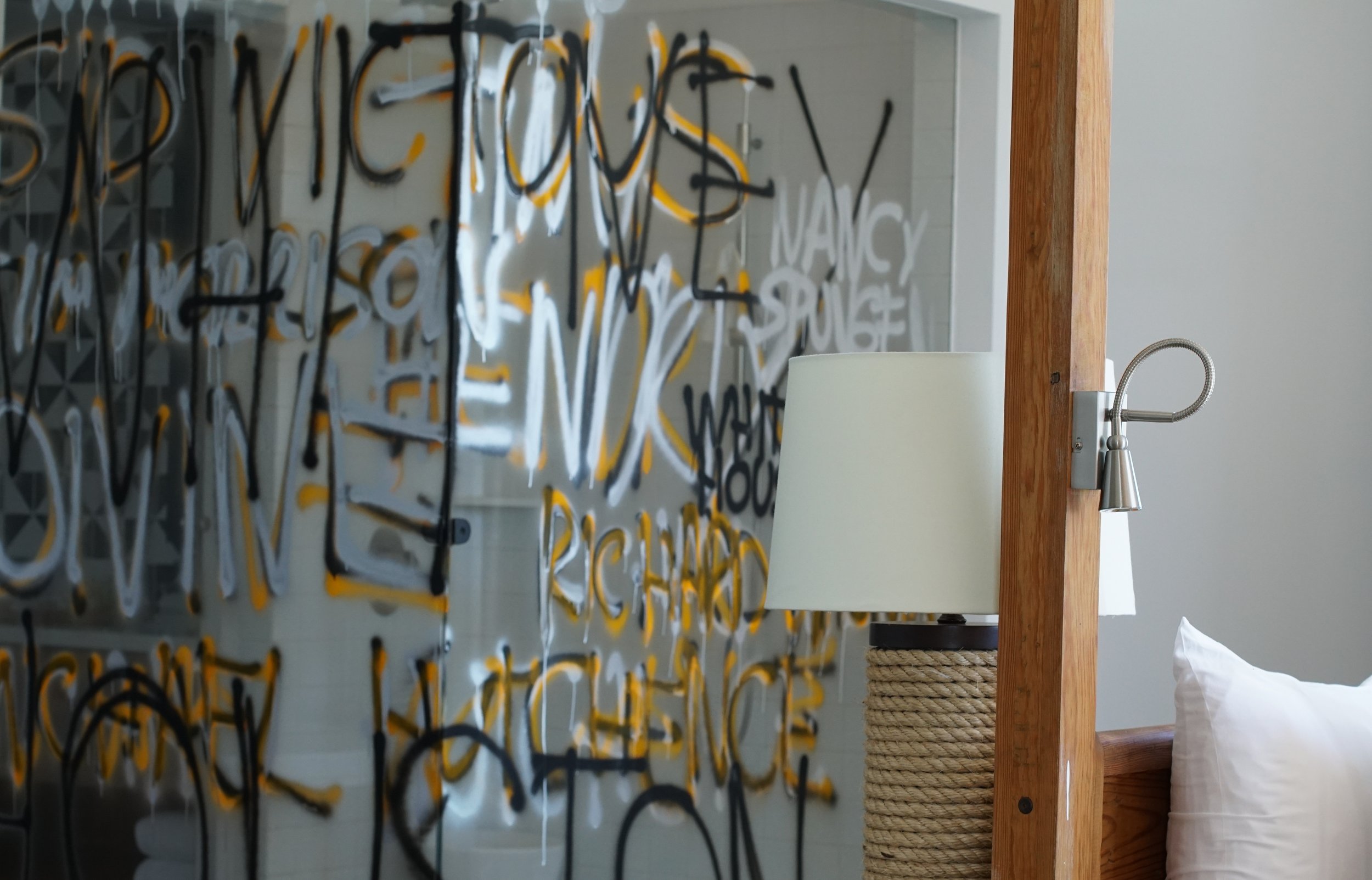-
During his residency at El Ganzo, acclaimed artist Pedro Reyes embarked on an intense preparatory phase for an upcoming exhibition in New York, where he planned to showcase 130 drawings. This period at El Ganzo served not only as a creative warm-up but also as a crucial reconnect with his foundational drawing skills—a discipline he had not publicly exhibited despite its long-standing role in his artistic process.
The residency at El Ganzo became a pivotal moment for Reyes, allowing him to integrate his deep-seated philosophical engagements with his artistic practice. The walls adorned with sketches acted as a live gallery of his intellectual journey, mapped out through portraits that captured both the essence of the figures and Reyes's evolving artistic technique. This period was not only a testament to his preparation for a significant professional milestone but also a demonstration of how art and philosophy intertwine to create impactful, thoughtful visual narratives.
Pedro Reyes’s residency at El Ganzo underscores the unique intersection of art, personal development, and intellectual exploration, highlighting the artist’s commitment to using visual art as a medium for profound personal and societal reflection.
-
Pedro arrived at El Ganzo with specific intentions, armed with cardboard for initial sketches and an eagerness to fill the expansive walls of his residency room with drawings. The environment became a dynamic canvas, an "open notebook" where he could freely explore and iterate. He engaged in what he described as "action drawing," a vigorous, explorative process that allowed him to experiment and refine his portrayals of various historical figures. Notably, he repeatedly sketched figures such as Henry David Thoreau and Noam Chomsky, using the walls to perfect his technique and conceptualize a puppet of Chomsky.
The choice of figures like Thoreau and Chomsky was deeply intentional. Reyes is drawn to personalities who provide philosophical insights—tools for living, understanding the world, and addressing social issues. These figures, including the ancient philosopher Hypatia and other Greek thinkers, were not just subjects of artistic representation but were also integral to Reyes's intellectual and ethical framework. By drawing these figures, Reyes engaged in an act of indexing—each sketch a reminder and a reflection of the ideas contained within his extensive readings in philosophy.
STEFAN BRÜGGEMANN
Meet Stefan Brüggemann, Mexican artist born in 1975, whose eclectic canvas stretches across the realms of conceptual art, piercing language, and bold text-based provocations.
His art delves deep into the fabric of our society, challenging the status quo and provoking us to question the pervasive influence of mass media and consumer culture. Stefan’s multidisciplinary approach bridges painting, sculpture, installation, photography, and video, each piece a testament to minimalism charged with stark, visual impact.
Famed for his striking use of bold typography, immersive neon lights, and high-contrast colors, Stefan’s creations aren't just seen; they're experienced. His powerful messages are crafted with the precision of a poet and the clarity of a philosopher.
Stefan's thought-provoking works have resonated on global stages—from the Tate Modern in London to the Museum of Contemporary Art in Chicago and Kunsthaus Zurich—earning him accolades and a revered spot in the international art scene.








